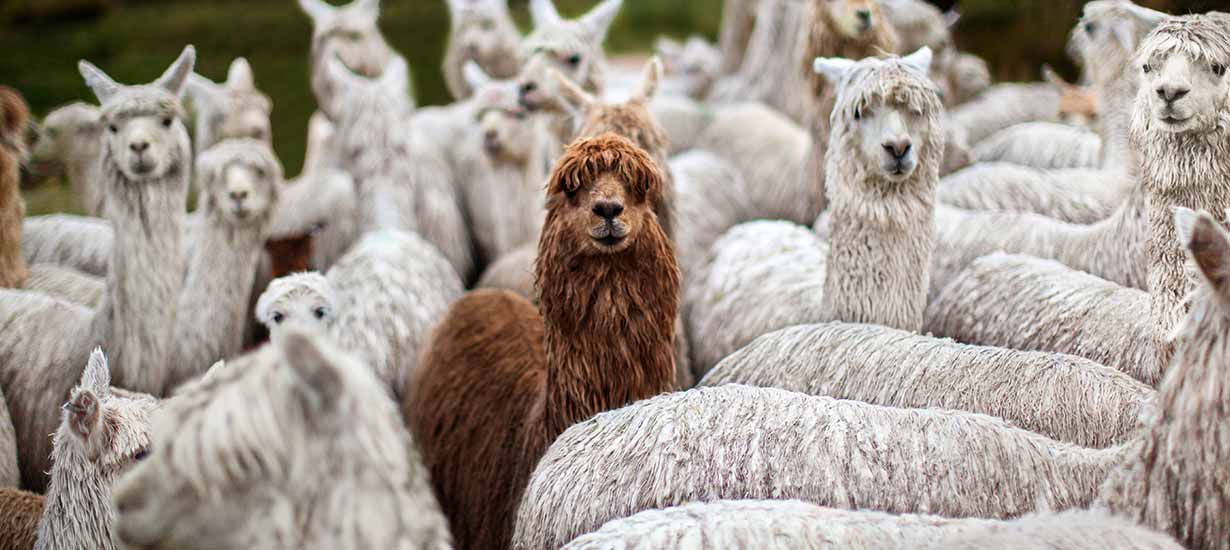World Tourism Day: Peru named top destination in South America and receives multiple awards in 2024
Síguenos en:Google News
Tourism is a major source of income, jobs, and development in many regions of Peru, making the country a leader in this sector.
This year has been marked by recognition, celebrating, and highlighting the progress made in Peru's tourism sector. The country earned a prestigious award as South America's Leading tourist destination from the World Travel Awards South America, along with other accolades that further emphasize this achievement.
Currently, this activity centers on travel and tourism related to ecology, health, cultural heritage, and more. As one of the most important sectors globally, it creates jobs, promotes culture, and supports sustainable development in many regions.
World Tourism Day is celebrated on September 27 each year to raise awareness about the significance of tourism and its social, cultural, and economic impact. Established by the World Tourism Organization (UNWTO) in 1980, this date marks the anniversary of the adoption of the UNWTO statutes on September 27, 1970, which are crucial for the advancement of global tourism.
 Source: Lake Titicaca (Puno) / PROMPERÚ
Source: Lake Titicaca (Puno) / PROMPERÚ
PERU AT THE TOP: AWARDS WON IN 2024
Peru clinched first place in four categories at the World Travel Awards South America 2024, the premier authority that recognizes and honors excellence in the travel and tourism industry.
In the 2024 edition, Peru was honored as the "Leading culinary destination in South America," the "Leading cultural destination in South America," and the "Leading destination in South America," a title it has held for seven consecutive years since 2018.
Machupicchu was named the "Top tourist attraction in South America," and this world wonder is the first tourist destination to receive international carbon-neutral certification.
Peru has established itself as one of the world’s top tourist destinations due to its rich cultural heritage, diverse natural landscapes, expanding infrastructure, and ongoing efforts to promote tourism.
 Source: Machupicchu (Cusco) / Yayo López / PROMPERÚ
Source: Machupicchu (Cusco) / Yayo López / PROMPERÚ
LEADER IN TOURISM
Peru has a rich cultural heritage that draws millions of visitors each year. Machupicchu, one of the New Seven Wonders of the World, stands as the country’s top tourist attraction and a symbol of the grandeur of the Inka civilization.
Other archaeological sites, such as Saqsaywaman, Choquequirao, and the Nasca and Palpa Lines and Geoglyphs, offer amazing experiences that let tourists delve into the history and achievements of pre-Columbian cultures.
On the other hand, Peru’s diverse geography includes the Andes Mountains, the Amazon, and the Pacific coast. This variety supports many tourist activities, from mountaineering in Huascaran National Park to ecotourism in Tambopata National Reserve.
 Source: Tourists in Madre de Dios lake / Eduardo Cayo / PROMPERÚ
Source: Tourists in Madre de Dios lake / Eduardo Cayo / PROMPERÚ
LAND OF BIODIVERSITY
The country’s biodiversity is a major draw, with numerous protected species and ecosystems that captivate nature enthusiasts. Thus, Peru stands out in the following areas:
- Peru is the world leader in bird diversity, boasting 1,879 species, according to the Ministry of Environment, academic institutions, researchers, and the private sector.
- It ranks first in the diversity of diurnal butterflies, with 4,560 species
- It is the country with the second highest species richness of mammals in Tropical America, with 579 species.
 Source: Tourists in Madre de Dios lake / Eduardo Cayo / PROMPERÚ
Source: Tourists in Madre de Dios lake / Eduardo Cayo / PROMPERÚ
- It ranks third in amphibian diversity, with over 600 species.
- Regarding flora, Peru is home to about 3,000 orchid species, with around 800 believed to be unique to the country.
- Rivers, lakes, and lagoons in Peru are home to 1,480 fish species, while the Peruvian sea supports 942 species.
- It ranks among the top 10 countries in the world for reptile diversity, with 510 registered species.
- It has a rich diversity of flowering plant species, with 19,147 in total, of which 7,590 are endemic to the country.
- It is a key center for the origin, diversification, and domestication of species crucial to global food security, including potatoes, quinoa, tomatoes, cassava, pumpkins, squash, and chili peppers, among others.
- It has the greatest diversity of native potatoes, with over 3,000 varieties.
 Source: Quinoa varieties (Cabana, Áncash) / BIIP / PROMPERÚ
Source: Quinoa varieties (Cabana, Áncash) / BIIP / PROMPERÚ








